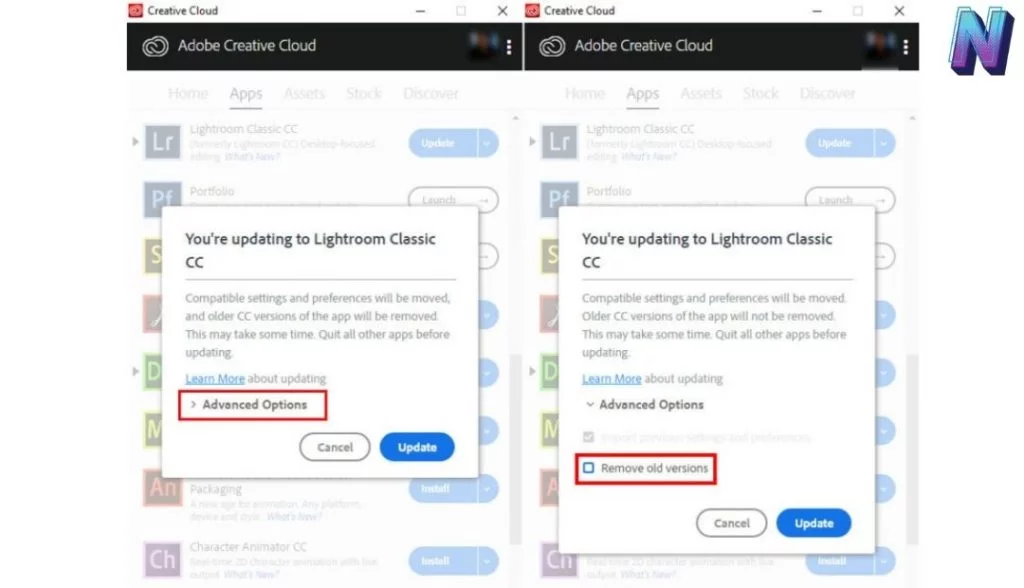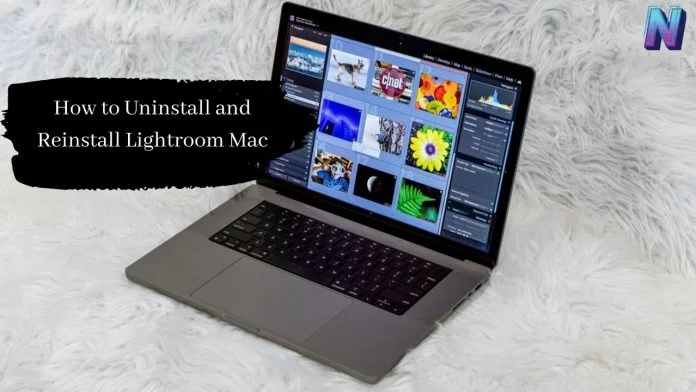In this article, you will learn how to uninstall and reinstall Lightroom Mac. Lightroom is a cloud-based photography service for users who love to take photos, whether they are beginners or professionals. Lightroom has all that professional photographers need, as they can easily manage, import, edit, organize, store, and, above all, share their photographs. Users will find the app easy to use with tools like sliders and filters. If you are using the basic Adobe Photoshop Lightroom, it is compatible with all Mac devices. There are no fees for the basic version of this app, yet there is a small fee for a higher version of the same.
Table of Contents
If you wish to uninstall the Lightroom app from your computer, you may do so with ease, and later on, when you need the same, you may reinstall the app. Again, when uninstalling the service from your desktop, you will remove only those stored files to make the Lightroom app functional. All other files, like the preview folder and other files, are not removed or altered. However, if you have not synced the files to your cloud, then you may delete the above files. It is especially so in the case of a non-subscribed app. The following paragraphs will enable you to get a complete picture of how to uninstall and reinstall Lightroom Mac on your computer.

How would you uninstall Adobe Lightroom Mac?
If you wish to uninstall Adobe Lightroom, you can do so in a few steps. Your first step to uninstall Lightroom Mac is to remove the app stage by stage. For users of Microsoft Windows who are not accustomed to the word Dock, it would mean almost the same thing as a taskbar on the Windows screen. Therefore, you right-click the Lightroom app’s icon in the Dock to quit, and if you have failed in this effort, you may opt to Force Quit.
If the dock option is not working for you, you may force quit as the next best option. Here, you can click the menu on the upper-left corner of the screen of a Mac and click on Force Quit. You need to click again for Force Quit, as it is noteworthy that unless you remove the app and clean the trash folder, the app will remain on your Mac. If you have second thoughts of not losing the app, you need to drag it back from the trash.
If you need an option, you can do this in another way. Hence, you need to go to Click Finder for the complete removal of the app. Your next step is to go to the Application folder in the Finder. Then drag the Lightroom application to the trash.
You delete the catalog file, preference file, caches, templates, presets, and other supporting Lightroom files in the second option. Usually, when you notice some problem with the Lightroom app, it is better to uninstall the app and then reinstall it again. In most cases, this step will solve the issue. So, your next step after deleting the above files is to erase everything off the Lightroom leftovers. These are the steps as to how to uninstall and reinstall Lightroom Mac on your PC.
In this case, you go to Click Finder, and then ‘Click Go’ to Folder, where you will fill in Library, and then again Click Go. You should navigate to each sub-folder and start deleting files associated with the Adobe Lightroom app. After that, you open the trash and then click the option ‘Empty’ on the top-right corner and then click Empty Trash so that you permanently remove all traces of files associated with the Lightroom app.
Your final step is to restart the Mac to make your current changes relevant to your PC.
It is noteworthy that before you start to uninstall Lightroom, you should shut down the app completely. Hence, as stated above, you must be sure to force yourself to quit. If you find that there is still an error message after uninstalling the app and that the same is still active, you may need to use the Activity Monitor. With the Activity Monitor, you may find hidden files associated with the Lightroom app and then take steps to remove them.
You may otherwise download the OSX Uninstaller, which is so designed that it completely removes unwanted apps and associated files and improves the performance of the Mac. It is powerful software and can be downloaded for free. If you are doing it manually, then you can learn a lot and become pretty professional in your approach. You may also help your friends and colleagues by uninstalling and reinstalling Lightroom Mac on their computers as well.

Reinstalling the Adobe Lightroom App in Mac
Reinstalling the Adobe Lightroom app on a Mac is pretty straightforward. After you have completely uninstalled the Lightroom app on your Mac, you need to go and follow the instructions for Lightroom in Download Photoshop Lightroom. You then download the app again onto your desktop. You can download the Lightroom 6 installer so that you get more features.
If you have uninstalled the Adobe Lightroom app because it has some issues, you can sort out the problem by reinstalling it. The Lightroom 6 download is great in resolving exposure, white balance, crop, etc. You will have better photos than before and feel effortless while fixing these photos. Besides, you are at liberty to localize your adjustments, sharpen the images, remove noise, and add a host of other effects.
With the new reinstallation, you can fix the lens distortion, use a healing brush more effectively, use range masks to edit a particular photo, and much more. Above all, you can easily view, sort, edit, export, store, and so on with each image.
Hence, if you are a beginner, you will find that your new Lightroom download will make things a lot better if you remove the older version of the same from your computer. The above steps are the best ways to uninstall and reinstall Lightroom Mac on your desktop.
Also read: How To Fix Android Manifest App Is Not Indexable by Google Search?


